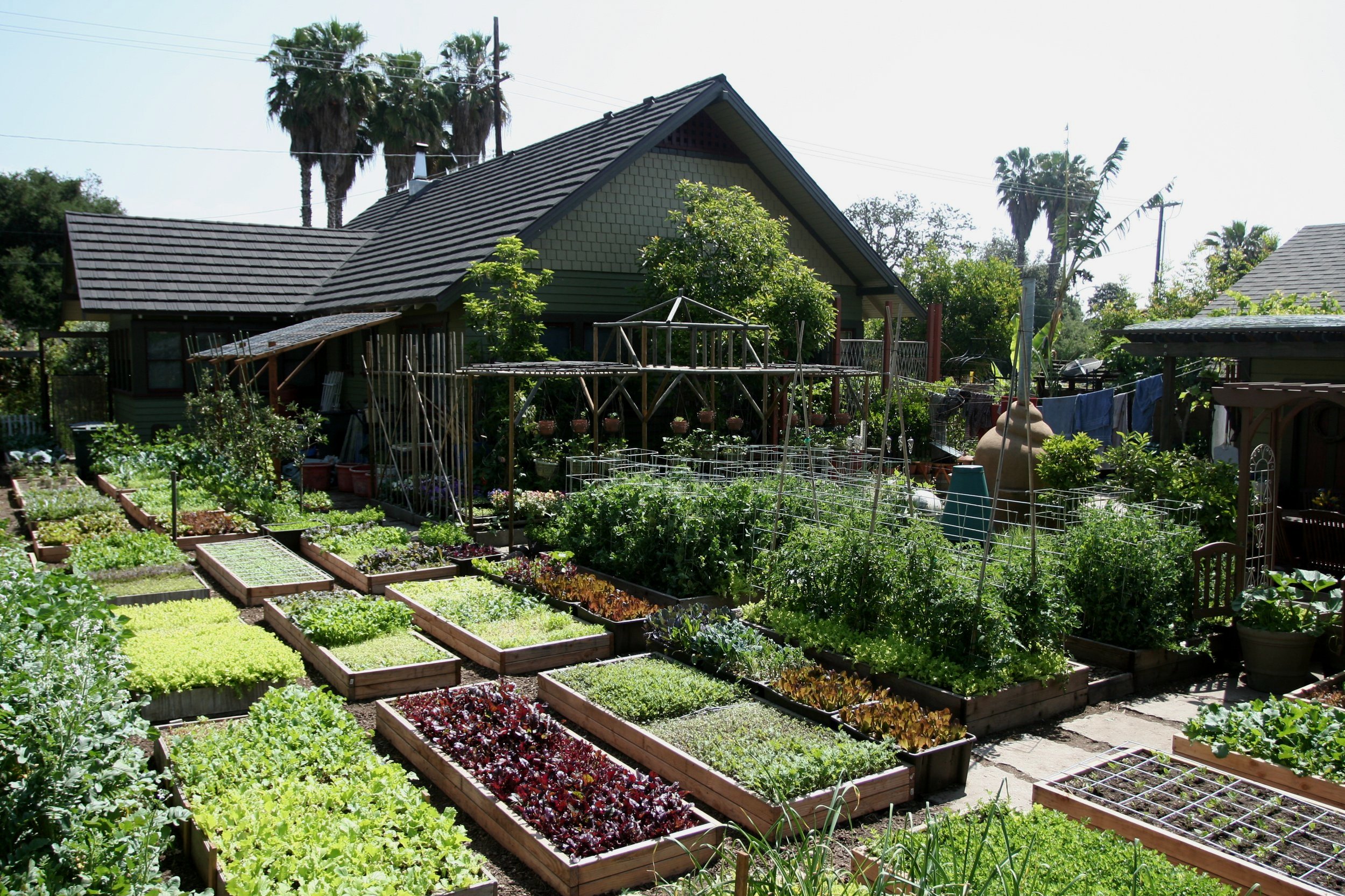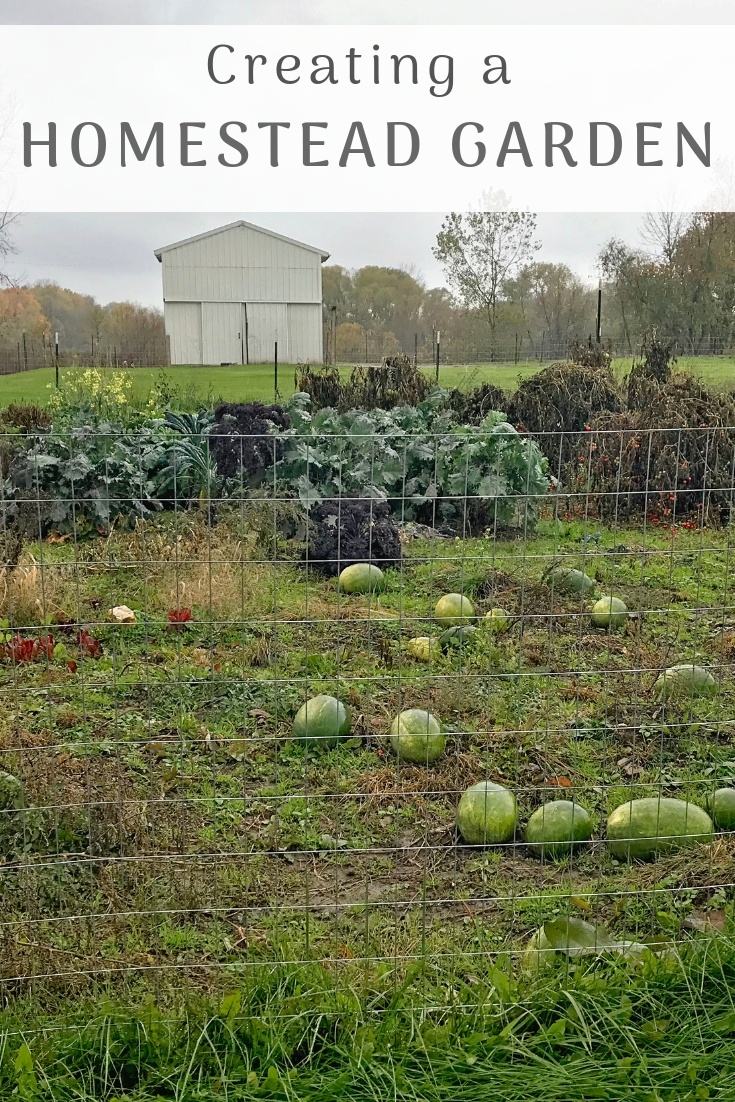Discover the Keys to Developing a Attractive and Effective Gardening Space
Developing a lovely and productive horticulture space is not just a matter of growing flowers and veggies; it requires a strategic method that incorporates various essential components. From selecting the right place based upon sunlight and dirt type to thoughtfully making your design and choosing ideal plants, each decision plays a crucial function in the success of your garden. Furthermore, recurring maintenance is necessary to maintain its appeal and performance. As you ponder these factors, think about how they intertwine to open the full capacity of your gardening endeavors. What certain strategies can raise your room past the common?
Choosing the Right Area
Picking the suitable place for your yard is vital to its success and general aesthetic allure. The very first step in this procedure involves assessing sunshine exposure, as the majority of plants call for at least six hours of direct sunshine daily (Homestead Gardening). A south-facing yard usually receives the most light, while shaded locations can hamper growth and blooming
Furthermore, consider dirt high quality and drainage. Well-draining soil is crucial to stop waterlogged origins, which can cause plant illness. Conducting a dirt test can supply beneficial info pertaining to pH levels and nutrient material, enabling you to modify the dirt appropriately.
Additionally, closeness to water sources is one more variable to weigh - Homestead Gardening. Having simple accessibility to a tube or irrigation system can streamline the watering procedure and urge consistent plant care. Wind defense is also essential; placing your yard near frameworks, such as wall surfaces or fencings, can shield it from severe winds that might damage delicate plants
Finally, take into consideration availability for upkeep and harvesting. A well-placed yard permits hassle-free gain access to, making certain that you can conveniently tend to your plants without causing unnecessary stress and anxiety or disruption. Thoughtful location selection lays the foundation for a prospering yard.
Selecting Plants Carefully
When selecting plants for your yard, it's important to take into consideration variables such as environment, dirt problems, and individual choices to make certain a unified and effective room. A complete understanding of your neighborhood environment will certainly lead you in picking plants that thrive in your specific environment. Choosing drought-resistant varieties is advantageous in arid regions, while moisture-loving species may be more appropriate for areas with high rainfall.
Dirt problems are just as essential; performing a dirt test can reveal pH degrees and nutrient web content, enabling you to select plants that will flourish. Indigenous plants are often an excellent selection, as they are commonly well-adapted to neighborhood dirt kinds and require less upkeep.
Mirror on your personal preferences-- picking plants that reverberate with your aesthetic tastes will boost your satisfaction and commitment to preserving your yard. By meticulously evaluating these elements, you can create a diverse and growing plant selection that elevates your gardening experience.
Designing Your Garden Design
With an attentively picked plant option in hand, the next step is to produce a yard format that optimizes both elegance and functionality. Begin by evaluating the available space, thinking about aspects such as shade, wind, and sunlight patterns. A tactical format ought to include various zones, including areas for growing, paths, and perhaps seating.
Beginning with bigger plants or focal factors, such as trees or high perennials, put tactically to produce visual rate of interest. Layer smaller plants in front to boost deepness and structure. Take into consideration the development routines of your selected plants; taller varieties should be positioned at the back or facility of beds, while much shorter ones can line the edges.
Integrating pathways not just facilitates gain access to for upkeep yet additionally invites exploration. Usage materials that complement the yard's general aesthetic, whether stone, crushed rock, or wood chips.
In addition, think of seasonal changes and how your format will certainly look throughout the year. Integrating evergreens alongside seasonal blossoms can make sure year-round beauty. Inevitably, a properly designed garden format harmonizes the all-natural charm of plants go to this website with sensible factors to consider, resulting in a room that is both inviting and productive.
Enhancing Dirt Health

To improve dirt wellness, begin by conducting a soil examination to analyze pH levels, nutrient material, and dirt appearance. Include natural matter such as compost, well-rotted manure, or leaf mold to enhance soil framework, water retention, and microbial task.
Mulching is another efficient approach; it not just conserves wetness however likewise reduces weeds and progressively improves the dirt as it breaks down. Avoiding extreme husbandry is vital, as it can interfere with dirt framework and harm helpful microorganisms. Rather, embrace no-till or marginal husbandry methods to preserve dirt integrity.

Keeping Your Garden Effectively
A well-kept garden is a source of pride and efficiency, needing constant interest to guarantee that plants flourish and the landscape stays inviting. Effective garden upkeep entails numerous key techniques that boost the health and wellness of your plants and the general aesthetic of your area.
Regular watering is essential; however, it is very important to customize your watering schedule based on the specific demands of your plants and neighborhood environment problems. Mulching can help retain dampness, subdue weeds, and control soil temperature level. In addition, prompt weeding stops competition for nutrients and resources, making sure that your plants thrive.
Pruning is an additional necessary task. It encourages healthy and balanced growth, removes unhealthy or dead branches, and shapes plants to maintain an attractive structure. Additionally, checking for conditions and insects is vital; early discovery and treatment can conserve your plants from considerable damages.
Fertilization should be implemented thoughtfully, making use of organic alternatives whenever feasible to advertise long-lasting dirt health. Ultimately, seasonal tasks such as growing, dividing perennials, and getting ready for winter will certainly guarantee your that site garden continues to be vibrant year-round. By following these techniques vigilantly, you can grow a yard that is both lovely and productive.
Conclusion
Selecting an appropriate location with adequate sunshine, picking appropriate plants, creating a cosmetically pleasing layout, improving soil health, and ensuring find more information regular upkeep are crucial elements. By incorporating these techniques, one can cultivate a flourishing garden that not just improves the landscape but also promotes eco-friendly equilibrium and sustainability.
From selecting the right area based on sunshine and soil type to attentively developing your layout and picking ideal plants, each decision plays a pivotal duty in the success of your yard. Well-draining soil is essential to protect against water logged roots, which can lead to plant conditions.When selecting plants for your garden, it's important to consider aspects such as climate, soil problems, and personal preferences to make certain a effective and unified area. Ultimately, a well-designed yard design harmonizes the all-natural appeal of plants with functional considerations, resulting in a room that is both inviting and effective.
